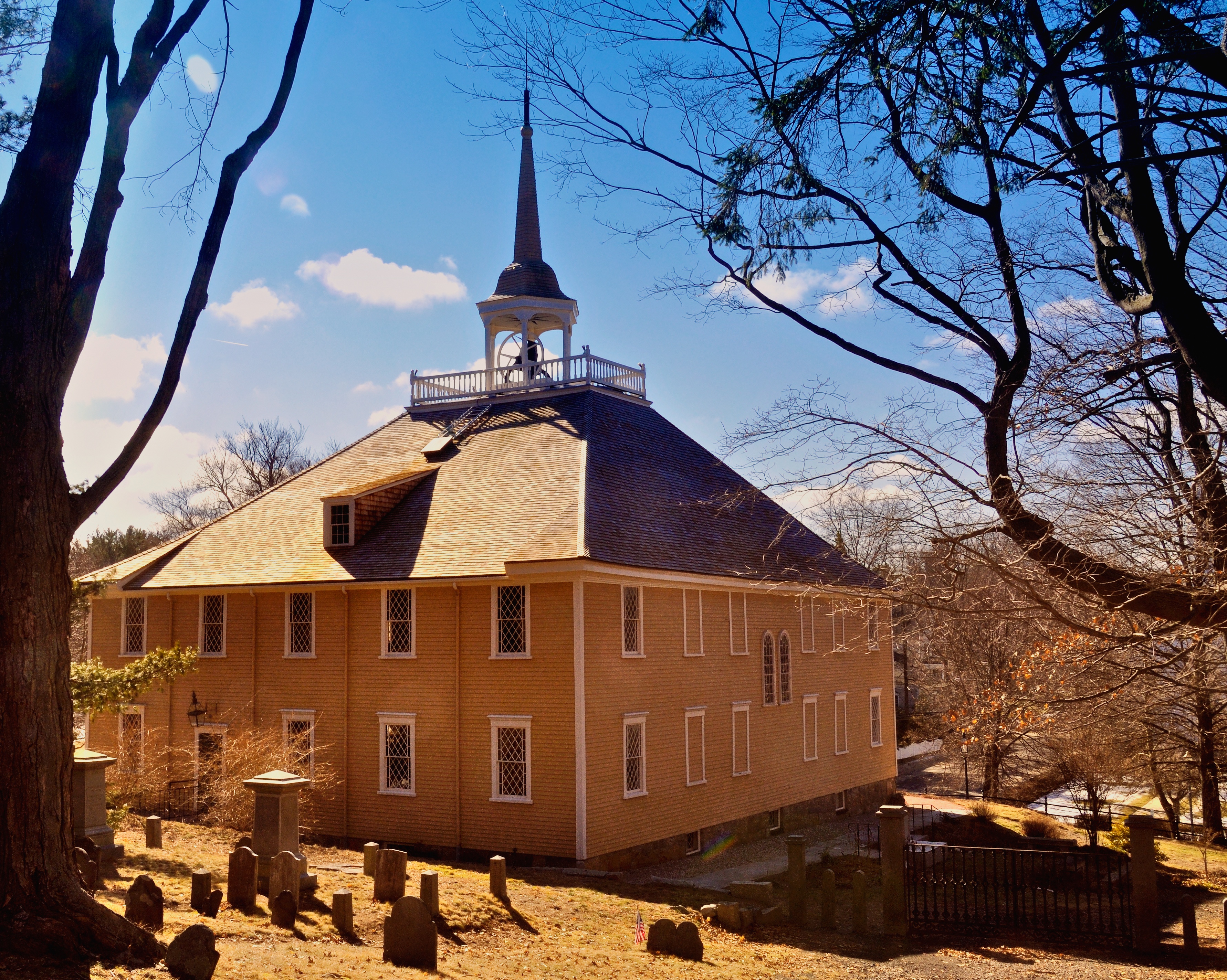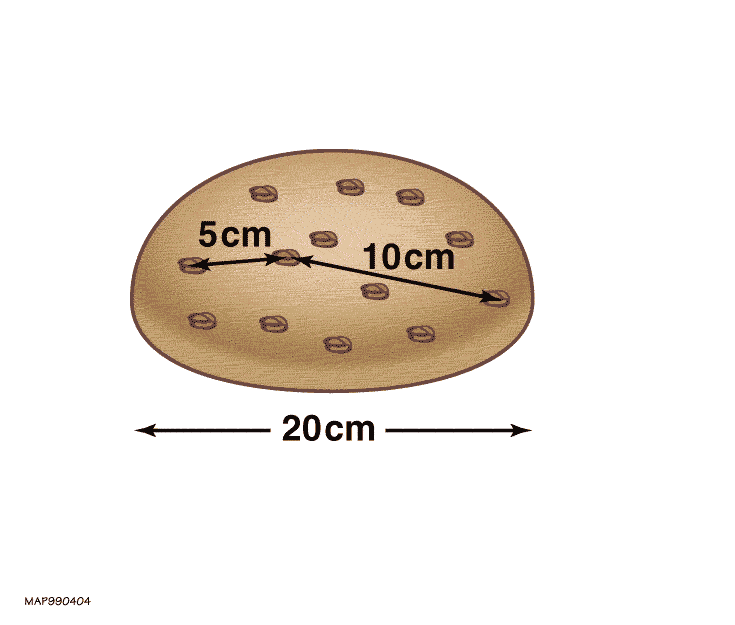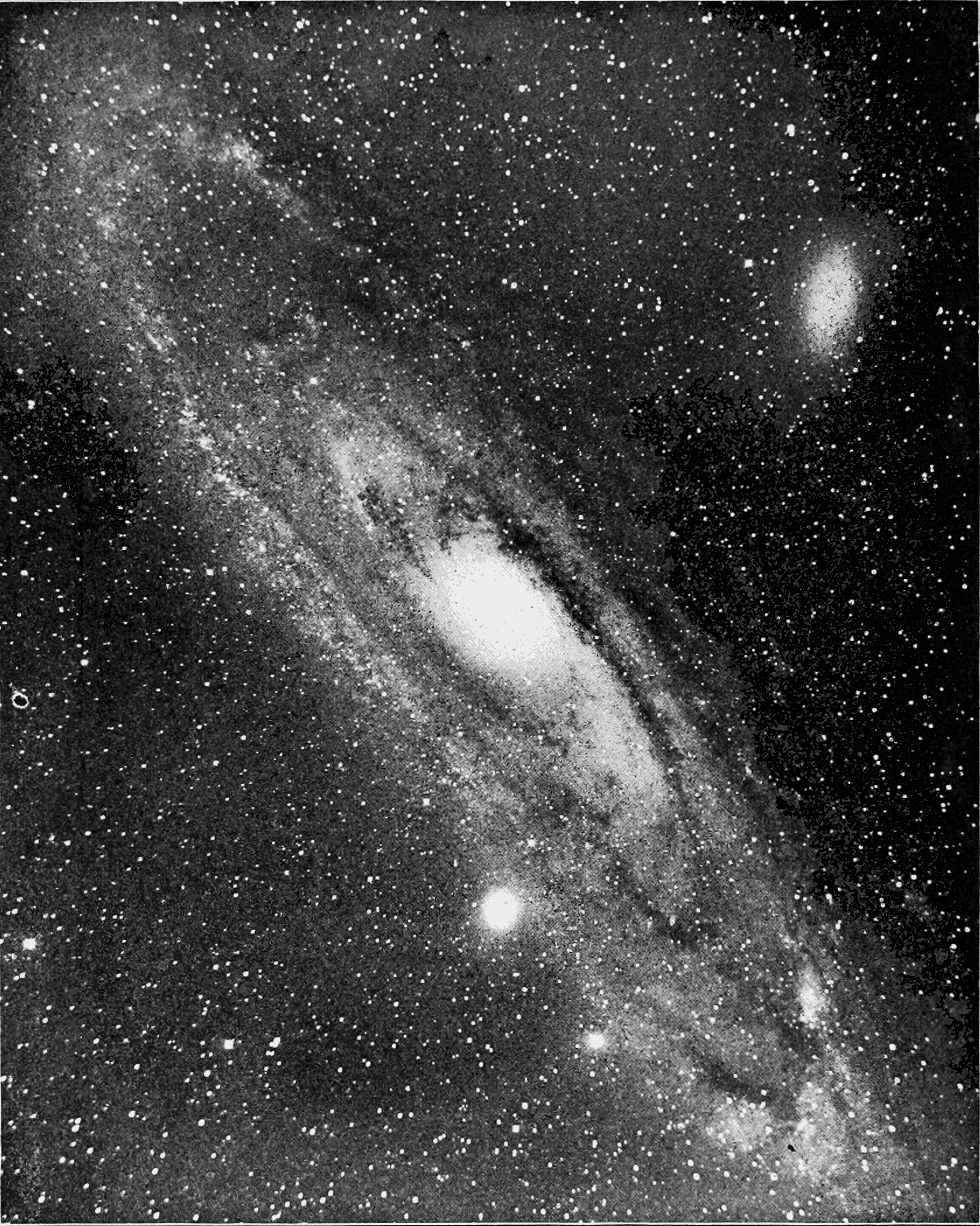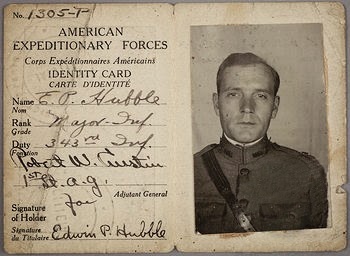|
Henrietta Swan Leavitt
Henrietta Swan Leavitt (; July 4, 1868 – December 12, 1921) was an American astronomer. Her discovery of how to effectively measure vast distances to remote galaxies led to a shift in the understanding of the scale and nature of the universe. Nomination of Leavitt for the Nobel Prize had to be halted because of her death. A graduate of Radcliffe College, she worked at the Harvard College Observatory as a computer (occupation), human computer, tasked with measuring photographic plates to catalog the positions and brightness of stars. This work led her to discover the relation between the luminosity and the period of Cepheid variables. Leavitt's discovery provided astronomers with the first Cosmic distance ladder, standard candle with which to measure the distance to other galaxy, galaxies. Before Leavitt discovered the period-luminosity relationship for Cepheid variables (sometimes referred to as Leavitt's Law), the only techniques available to astronomers for measuring the di ... [...More Info...] [...Related Items...] OR: [Wikipedia] [Google] [Baidu] |
Lancaster, Massachusetts
Lancaster is a town in Worcester County, Massachusetts, Worcester County, Massachusetts, United States. Incorporated in 1653, Lancaster is the oldest town in Worcester County. As of the 2020 United States census, 2020 census, the town population was 8,441. History In 1643 Lancaster was first settled as "Nashaway" (named after the local Nashaway Native Americans in the United States, Native American tribe) by a group of colonists known as the Nashaway Company who may have initially been interested in iron deposits in the area. Several of the company were blacksmiths or gunsmiths, including, Herman Garrett, and as early as 1653 a settler, George Adams, was whipped for selling guns and alcohol to the Indians in the area. The town was officially incorporated and renamed "Lancaster on the Nashua" in 1653. Prominent Massachusetts military leader Simon Willard (first generation), Simon Willard served as an advisor to the company and eventually settled in Lancaster for a period, and ... [...More Info...] [...Related Items...] OR: [Wikipedia] [Google] [Baidu] |
Galaxy
A galaxy is a Physical system, system of stars, stellar remnants, interstellar medium, interstellar gas, cosmic dust, dust, and dark matter bound together by gravity. The word is derived from the Ancient Greek, Greek ' (), literally 'milky', a reference to the Milky Way galaxy that contains the Solar System. Galaxies, averaging an estimated 100 million stars, range in size from dwarf galaxy, dwarfs with less than a thousand stars, to the List of largest galaxies, largest galaxies known – Type-cD galaxy, supergiants with one hundred 10^12, trillion stars, each orbiting its galaxy's centre of mass. Most of the mass in a typical galaxy is in the form of dark matter, with only a few per cent of that mass visible in the form of stars and nebulae. Supermassive black holes are a common feature at the centres of galaxies. Galaxies are categorised according to their visual morphology (astronomy), morphology as elliptical galaxy, elliptical, Spiral galaxy, spiral, or irregular galaxy ... [...More Info...] [...Related Items...] OR: [Wikipedia] [Google] [Baidu] |
Massachusetts Bay Colony
The Massachusetts Bay Colony (1628–1691), more formally the Colony of Massachusetts Bay, was an English settlement on the east coast of North America around Massachusetts Bay, one of the several colonies later reorganized as the Province of Massachusetts Bay. The lands of the settlement were in southern New England, with initial settlements on two natural harbors and surrounding land about apart—the areas around Salem, Massachusetts, Salem and Boston, Massachusetts, Boston, north of the previously established Plymouth Colony. The territory nominally administered by the Massachusetts Bay Colony covered much of central New England, including portions of Massachusetts, Maine, New Hampshire, and Connecticut. The Massachusetts Bay Colony was founded by the owners of the Charter of the Massachusetts Bay Company, Massachusetts Bay Company, including investors in the failed Dorchester Company, which had established a short-lived settlement on Cape Ann in 1623. The colony began in 1 ... [...More Info...] [...Related Items...] OR: [Wikipedia] [Google] [Baidu] |
Puritan
The Puritans were English Protestants in the 16th and 17th centuries who sought to rid the Church of England of what they considered to be Roman Catholic practices, maintaining that the Church of England had not been fully reformed and should become more Protestant. Puritanism played a significant role in English and early American history, especially in the Protectorate in Great Britain, and the earlier settlement of New England. Puritans were dissatisfied with the limited extent of the English Reformation and with the Church of England's religious toleration of certain practices associated with the Catholic Church. They formed and identified with various religious groups advocating greater purity of worship and doctrine, as well as personal and corporate piety. Puritans adopted a covenant theology, and in that sense they were Calvinists (as were many of their earlier opponents). In church polity, Puritans were divided between supporters of episcopal, presbyterian, and ... [...More Info...] [...Related Items...] OR: [Wikipedia] [Google] [Baidu] |
John Leavitt
Deacon John Leavitt (1608–1691) was a tailor, public officeholder, and founding deacon of Old Ship Church in Hingham, Plymouth County, Massachusetts, the only remaining 17th-century Puritan meeting house in America and the oldest church in continuous ecclesiastical use in the United States. Hingham's Leavitt Street is named for the early settler, whose descendants have lived in Hingham for centuries. Biography Leavitt was born in 1608 in England, in Beverly, Yorkshire. Leavitt first appears in the annals of the Massachusetts Bay Colony in 1634, when he is shown in records of Dorchester, Massachusetts, as having been granted a house lot. Within two years, the early settler had moved to nearby Hingham, where he was granted land in 1636. In his early history of Hingham, attorney Solomon Lincoln recited the oft-told tale of Leavitt's supposed origins: "The family tradition concerning John Leavitt is that he was an indented apprentice in England," wrote Lincoln in 1827, "and tha ... [...More Info...] [...Related Items...] OR: [Wikipedia] [Google] [Baidu] |
Congregational Church
Congregationalism (also Congregational Churches or Congregationalist Churches) is a Reformed Christian (Calvinist) tradition of Protestant Christianity in which churches practice congregational government. Each congregation independently and autonomously runs its own affairs. These principles are enshrined in the Cambridge Platform (1648) and the Savoy Declaration (1658), Congregationalist confessions of faith. The Congregationalist Churches are a continuity of the theological tradition upheld by the Puritans. Their genesis was through the work of Congregationalist divines Robert Browne, Henry Barrowe, and John Greenwood. In the United Kingdom, the Puritan Reformation of the Church of England laid the foundation for such churches. In England, early Congregationalists were called '' Separatists'' or '' Independents'' to distinguish them from the similarly Calvinistic Presbyterians, whose churches embraced a polity based on the governance of elders; this commitment ... [...More Info...] [...Related Items...] OR: [Wikipedia] [Google] [Baidu] |
Hubble's Law
Hubble's law, also known as the Hubble–Lemaître law, is the observation in physical cosmology that galaxies are moving away from Earth at speeds proportional to their distance. In other words, the farther a galaxy is from the Earth, the faster it moves away. A galaxy's recessional velocity is typically determined by measuring its redshift, a shift in the frequency of light emitted by the galaxy. The discovery of Hubble's law is attributed to work published by Edwin Hubble in 1929, but the notion of the universe expanding at a calculable rate was first derived from general relativity equations in 1922 by Alexander Friedmann. The Friedmann equations showed the universe might be expanding, and presented the expansion speed if that were the case. Before Hubble, astronomer Carl Wilhelm Wirtz had, in 1922 and 1924, deduced with his own data that galaxies that appeared smaller and dimmer had larger redshifts and thus that more distant galaxies recede faster from the observer. In ... [...More Info...] [...Related Items...] OR: [Wikipedia] [Google] [Baidu] |
Redshift
In physics, a redshift is an increase in the wavelength, and corresponding decrease in the frequency and photon energy, of electromagnetic radiation (such as light). The opposite change, a decrease in wavelength and increase in frequency and energy, is known as a #Blueshift, blueshift. The terms derive from the colours red and blue which form the extremes of the Visible spectrum, visible light spectrum. Three forms of redshift occur in astronomy and cosmology: Doppler effect, Doppler redshifts due to the relative motions of radiation sources, gravitational redshift as radiation escapes from gravitational potentials, and cosmological redshifts of all light sources proportional to their distances from Earth, a fact known as Hubble's law that implies the expansion of the universe, universe is expanding. All redshifts can be understood under the umbrella of Frame of reference, frame transformation laws. Gravitational waves, which also travel at Speed of light, the speed of light, a ... [...More Info...] [...Related Items...] OR: [Wikipedia] [Google] [Baidu] |
Great Debate (astronomy)
The Great Debate, also called the Shapley–Curtis Debate, was held on 26 April 1920 at the National Museum of Natural History, U.S. National Museum in Washington, D.C. between the astronomers Harlow Shapley and Heber Curtis. It concerned the nature of so-called Spiral galaxy#Spiral nebula, spiral nebulae and the size of the Universe. Shapley believed that these nebulae were relatively small and lay within the outskirts of the Milky Way, Milky Way galaxy (then thought to be the galactocentrism, center or entirety of the universe), while Curtis held that they were in fact independent galaxies, implying that they were exceedingly large and distant. A year later the two sides of the debate were presented and expanded on in independent technical papers under the title "The Scale of the Universe". In the aftermath of the public debate, scientists have been able to verify individual pieces of evidence from both astronomers, but on the main point of the existence of other galaxies, Curti ... [...More Info...] [...Related Items...] OR: [Wikipedia] [Google] [Baidu] |
Andromeda Galaxy
The Andromeda Galaxy is a barred spiral galaxy and is the nearest major galaxy to the Milky Way. It was originally named the Andromeda Nebula and is cataloged as Messier 31, M31, and NGC 224. Andromeda has a Galaxy#Isophotal diameter, D25 isophotal diameter of about and is approximately from Earth. The galaxy's name stems from the area of Earth's sky in which it appears, the constellation of Andromeda, which itself is named after Andromeda (mythology), the princess who was the wife of Perseus in Greek mythology. The virial mass of the Andromeda Galaxy is of the same order of magnitude as that of the Milky Way, at . The mass of either galaxy is difficult to estimate with any accuracy, but it was long thought that the Andromeda Galaxy was more massive than the Milky Way by a margin of some 25% to 50%. However, this has been called into question by early-21st-century studies indicating a possibly lower mass for the Andromeda Galaxy and a higher mass for the Milky Way. The Androm ... [...More Info...] [...Related Items...] OR: [Wikipedia] [Google] [Baidu] |
Edwin Hubble
Edwin Powell Hubble (November 20, 1889 – September 28, 1953) was an American astronomer. He played a crucial role in establishing the fields of extragalactic astronomy and observational cosmology. Hubble proved that many objects previously thought to be clouds of dust and gas and classified as "nebulae" were actually Galaxy, galaxies beyond the Milky Way. He used the strong direct period-luminosity relation, relationship between a classical Cepheid variable's luminosity and periodic function, pulsation period (discovered in 1908 by Henrietta Swan Leavitt) for scaling cosmic distance ladder, galactic and extragalactic distances. Hubble confirmed in 1929 that the recessional velocity of a galaxy increases with its distance from Earth, a behavior that became known as Hubble's law, although it had been proposed two years earlier by Georges Lemaître. The Hubble law implies that the universe is expanding. A decade before, the American astronomer Vesto Slipher had provided the fi ... [...More Info...] [...Related Items...] OR: [Wikipedia] [Google] [Baidu] |








